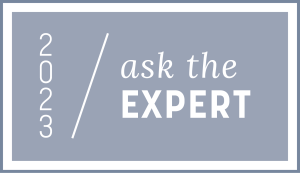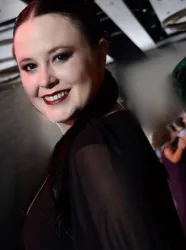
Q&A
How Did You Get Involved In The Field Of Neurofeedback?
I’ve been an educator for 20 years, and I currently teach fourth grade. We’ve seen a huge uptick in diagnoses of dysgraphia, dyslexia, and ADHD in the classroom.
I got into neurofeedback when my son was suffering from ADHD symptoms. A high school friend of mine, now Brain Train Center’s CEO, was studying chiropractic care but became board-certified in neurofeedback by the Biofeedback Certification International Alliance instead.
When I showed interest as a parent, she asked if I wanted to become a brain trainer, and that’s what I did. This was both personal and something that could help solve what I saw in educational and behavioral areas.
What Is Neurofeedback And How Does It Work?
Neurofeedback started with NASA astronauts in the 1960s, and it’s a process of your brain training itself to heal in some way.
Starting with a Quantitative Electro-encephalogram, or QEEG, we put a cap and EEG gel on someone’s head to map brain waves. We then use the Brain Core system to learn where the brain shows areas
of dysregulation.
As brain waves hit points of dysregulation, we see symptoms, whether the cause is inflammation, a trauma response, or how the brain formed in utero. Based on those areas, we use protocols to work on getting brain waves back into organized patterns and minimize issues with anxiety, attention, chronic pain, or even impulse control.
What Is The Path To The Neurofeedback Process?
Once you get your brain mapped, we review the report of findings and go through dysregulations and recommended protocols together. When people first come in, I ask what brought them into the center, and the findings report is usually spot on. After that, the neurofeedback protocols, or brain training, begins.
Who Is An Ideal Client For Neurofeedback?
Neurofeedback spans so many people as far as how it can help. We have protocols for anything from anxiety to depression to tics and epilepsy.
Most people we see right now come in for ADHD and anxiety symptoms, because that’s prevalent post pandemic, but we have athletes who want to be at the top of their game and clear-headed.
We have concussion protocols too. As football season approaches, we want people to have a baseline brain map prior to starting, so we can help them in the concussion protocol if they’re injured.
How Can You Get Involved?
The first step is to come in and get a brain map. I think everyone should have one every year, like an annual checkup, especially if there’s been a head injury or a car accident that causes lasting inflammation and issues we can help in the center. The same goes for memory loss with the onset of dementia and Alzheimer’s.
Brain maps are painless, noninvasive, and take less than an hour to complete. You sit the entire time, and it’s very easy.
About The Expert











